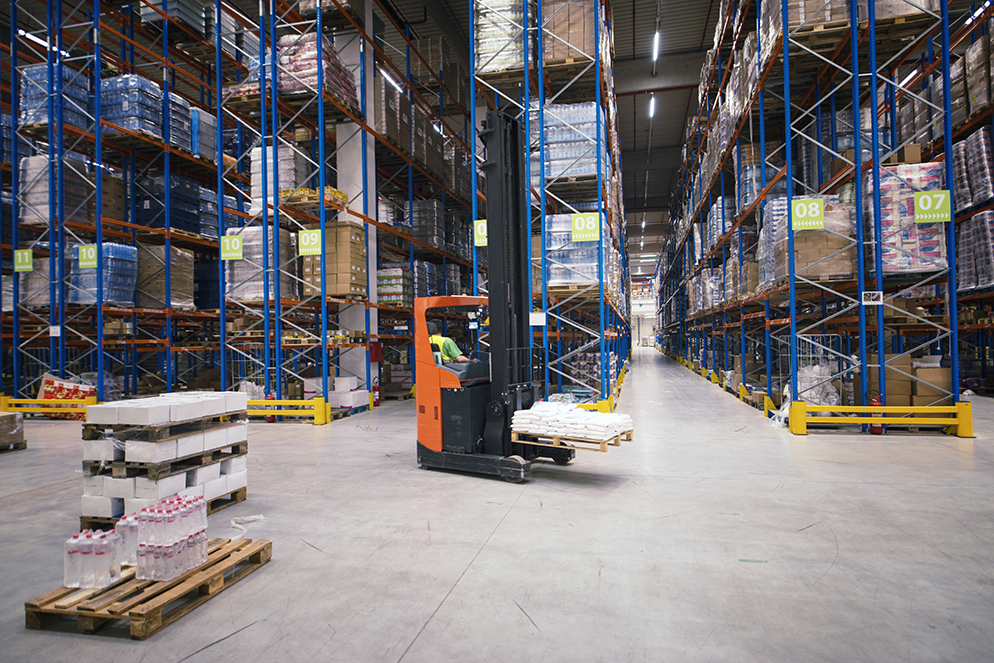Strengthening the chain
Logistics issues have affected businesses across all industries recently. It is therefore prudent to take whatever steps you can to minimise disruption when a vital part of your supply chain is unable to meet its obligations or becomes too expensive.
Importers will be acutely aware that the cost of bringing goods into the country has soared during the course of 2021. Rising fuel costs and delays arising from the UK’s exit from the European Union are just two of the factors that have pushed up transport costs.
The obvious response is to simply increase prices, but there are many reasons why this might not be possible or desirable.
Changing consumer trends
Customer preferences and demands are always changing, but when supply issues become obvious the pace of this change can be accelerated. This has been seen in an increase in the number of consumers doing their Christmas and New Year shopping earlier than usual this year amid fears that some items may be in short supply.
One option for dealing with shortages is to reduce the number of lines you carry. Users of a cloud-based accounting solution such as Big Red Cloud can use the financial data available to them to identify the least profitable areas of their business.
Delivery terms should also be reviewed to see if frequency of delivery could be reduced without impacting customer service unduly.
Check your links
A chain is only as strong as its weakest link, so it makes sense to do some due diligence on second and third tier suppliers and – where possible – identify potential alternatives. This is particularly true for businesses that follow a ‘just in time’ model where delays can be extremely costly.
Diversification is a term that is widely used across business and it is particularly applicable to supply chains, where there is a clear risk in putting all your eggs in one basket. Could you source some finished goods and/or raw materials closer to home to reduce shipping costs and the potential for delays, for example?
It is also worthwhile reviewing haulage and delivery contracts to see if using an alternative provider (or even partnering with other recipients to minimise empty space in delivery vehicles) could increase transportation efficiency.
How to react
The obvious response to rising costs in any element of your business is to attempt to renegotiate prices with an existing supplier. But with transport providers facing higher costs up the line this is no easy task and you have to be realistic about your chances of success.
At an operational level it makes sense to have some kind of business continuity plan in place, particularly for large contracts where the inability to fulfil an order could be financially disastrous.
It might also be worth considering trade credit insurance to protect the business from non-delivery through the supply chain. This type of insurance has traditionally been inaccessible to smaller companies because of its cost, but it might be possible to obtain affordable cover for specific contracts or clients.




